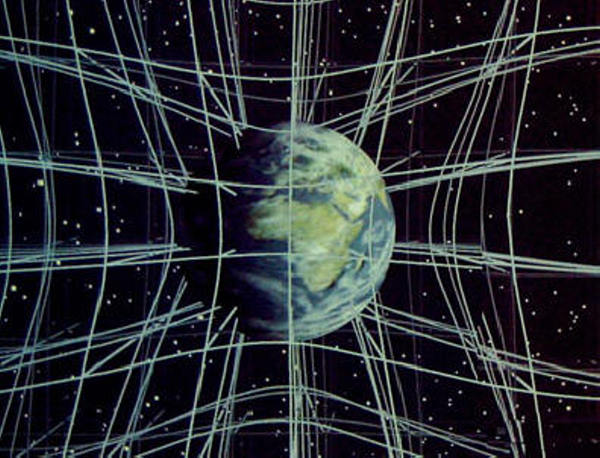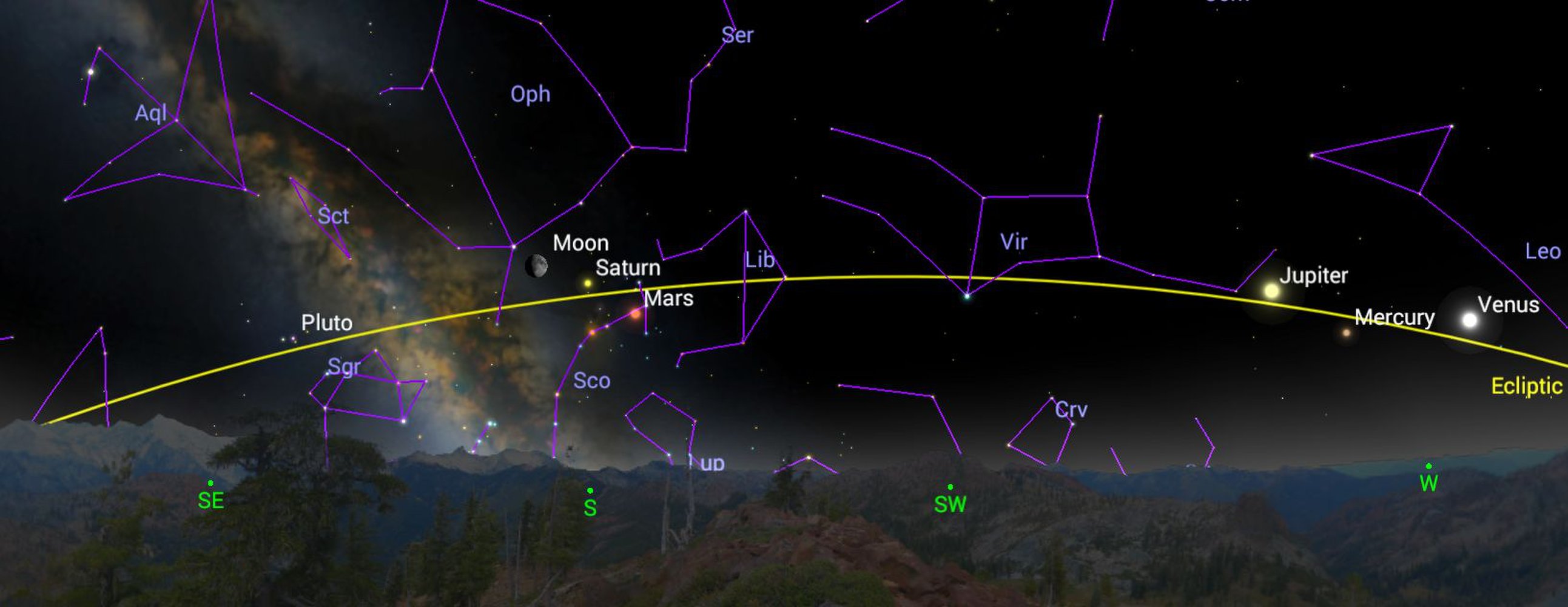
When you hear about “space-time,” it’s just a way to say that space is related to time. And the curvature of space-time, as Albert Einstein predicted, is the way space and time alike literally bend around a mass such as the Earth or the sun.
That’s what’s diagramed above. This is a three-dimensional concept diagram of the way space sort of “clings” to an object. Notice the way it sort of tightens up when you get close to Earth? And because time is part of this whole equation…time sort of tightens up, too.
I assume that explains the “twin paradox,” as it’s called. That’s where the space-traveling twin returns home to Earth younger than their Earth bound twin.
Why? Seems to me it’s because time was tighter and passed faster on Earth, while it spread out and passed a bit slower for the traveler. (Don’t quote me on that, I just guessed that from this diagram.)
Einstein figured all this out. But scientists need evidence. Trusting Einstein’s genius wasn’t enough for them. How did they accept relativity as fact?
Continue reading